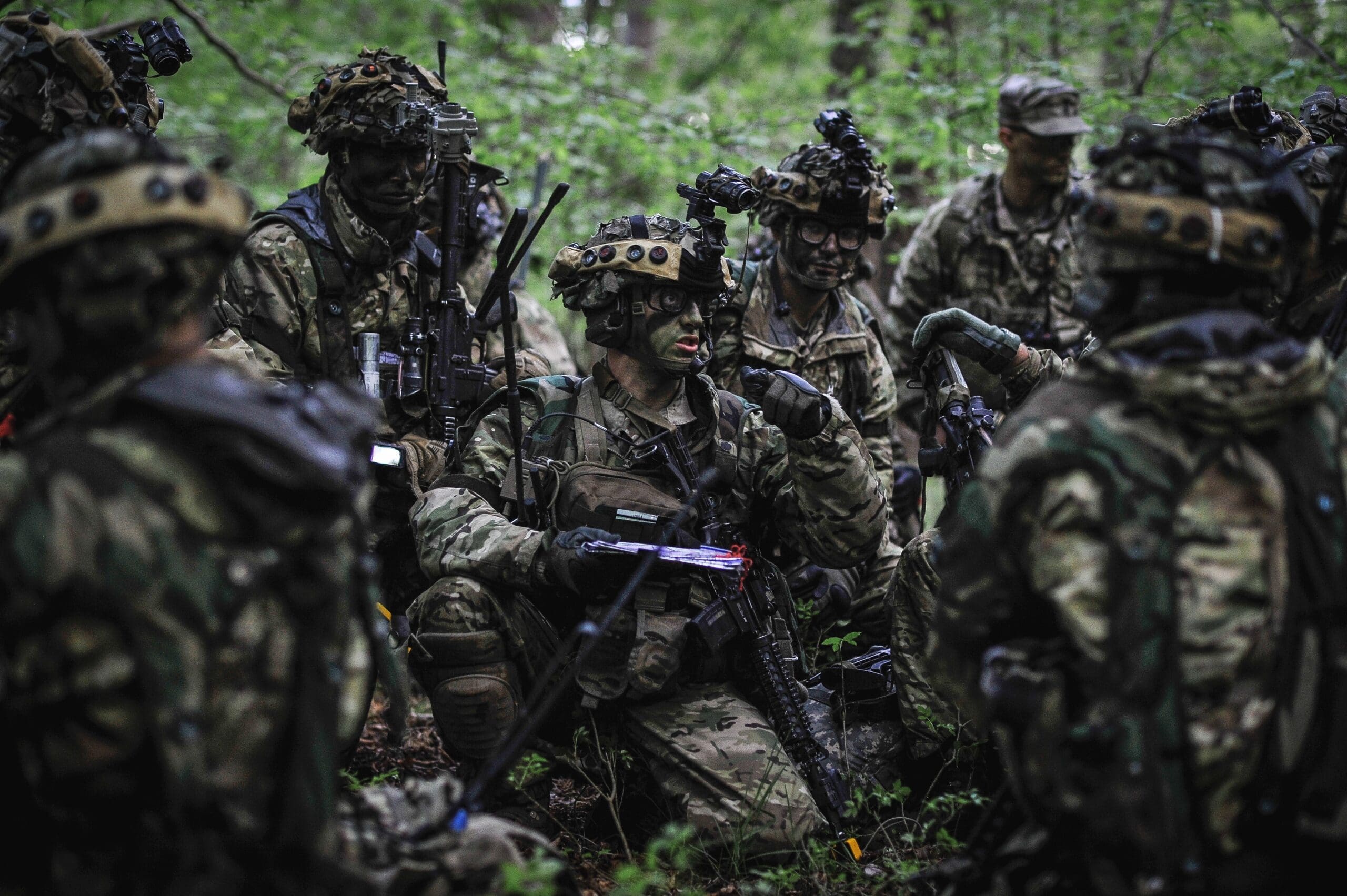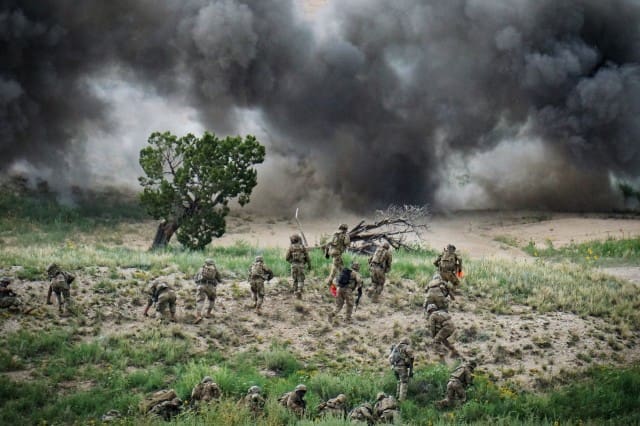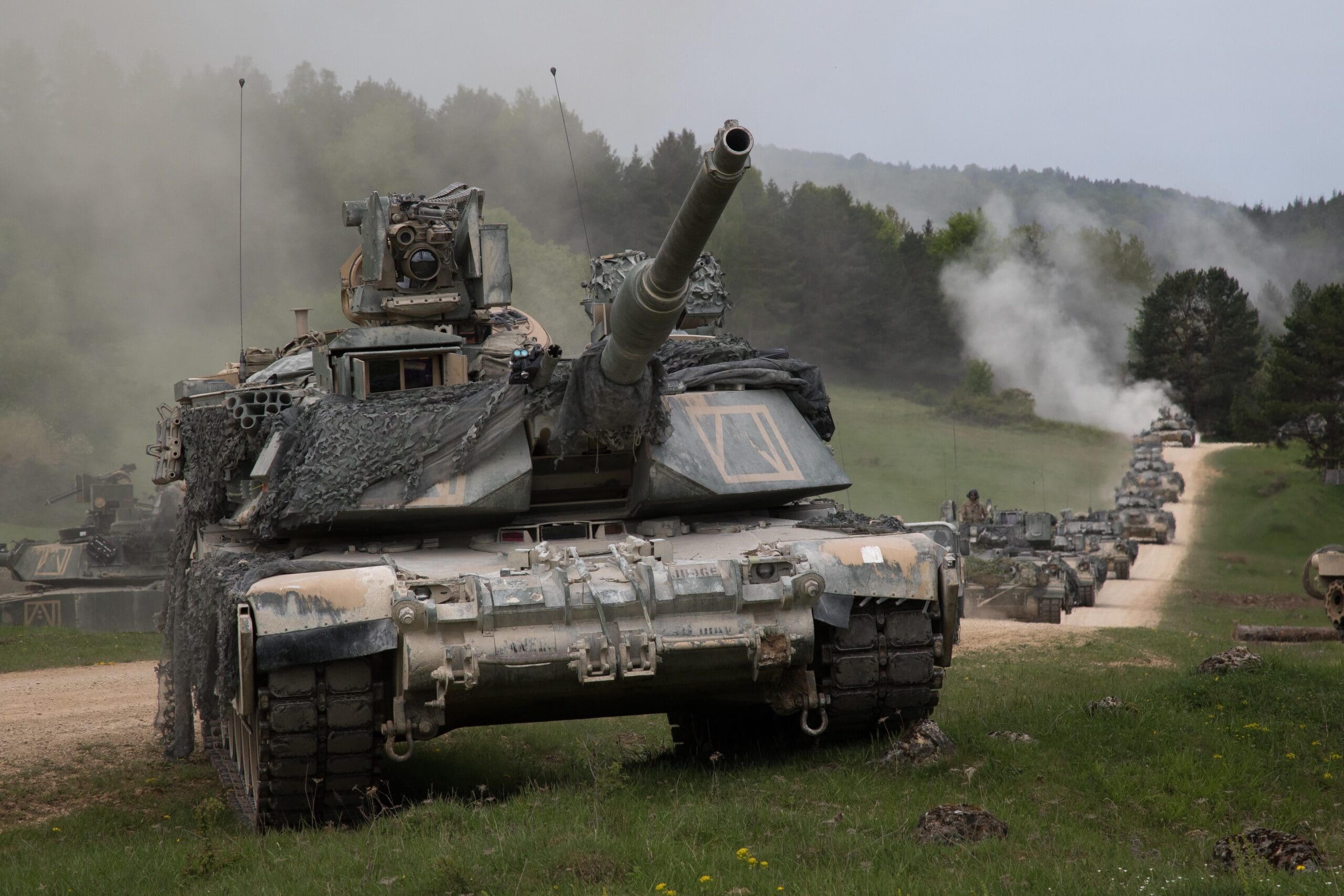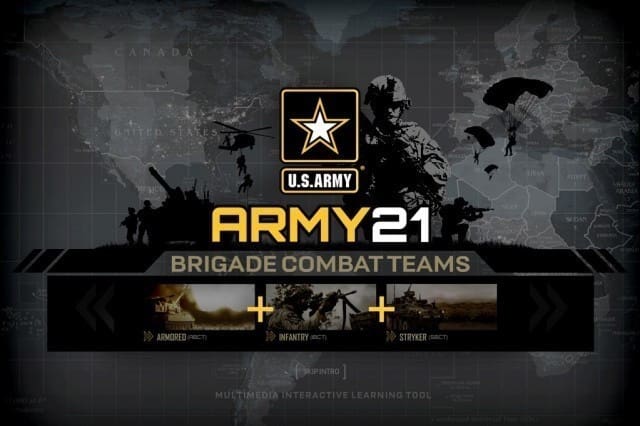Training and Doctrine Command’s Combined Arms Center kicked off the new decade prioritizing equipping the Army’s troop-level formations with new doctrine as the Army continues to modernize its formations and the way it fights.

It’s a surge effort to equip unit leaders across warfighting disciplines with the tactics, techniques and procedures to help them lead Soldiers and build lethal, cohesive teams.
The roll-out began in 2019 with an overhaul of all of the Army’s foundational Army Doctrine Publications such as ADP 3-90 (Offense and Defense), ADP 2-0 (Intelligence), ADP 3-19 (Fires), and ADP 4-0 (Sustainment).
The publishing blitz continued through 2020 and is set to carry into 2021 with more publications developed from the outgrowth of its doctrine overhaul. It aims to deliver specific and tailored guidance for the different warfighting disciplines with new Field Manuals, Army Technique Publications, Training Circulars and handbooks.
The Army even updated its doctrine about doctrine, publishing APD 1-01, Doctrine Primer, July, 2019. It says, “doctrine provides a coherent vision of warfare, and provides a common and standardized set of principles, tactics, techniques, procedures, and terms and symbols for the Army.”
“These revisions [to doctrine] make publications relevant to near-term operational environments and ensure Army doctrine is balanced to support Army forces conducting operations across the competition continuum and the range of military operations.”

After establishing its doctrinal foundation with its new ADPs and FMs, TRADOC turned its attention to publishing even more doctrine publications offering practical guidance such as ATPs for Soldiers and leaders operating at the lowest tactical levels.
“ATPs provide Soldiers with ways or methods to accomplish or complete a mission, task, or function.”
The Army’s most fundamental warfighting elements are squads, platoons, companies and battalions. TRADOC aimed much of its focus center mass at platoons to make the most difference.

Many senior leaders see mastery of fundamentals as essential to success on the battlefield. Platoon level publications help junior leaders train their Soldiers to gain that mastery.
Soldiers are considered members of a profession whose common language is doctrine. Leaders and Soldiers in a platoon are tied to together by that common language and framework. That’s why their knowledge of it is deemed so critical.
“The Army has expectations that when you show up to your first job, you have a certain baseline of knowledge. A large part of that comes from doctrine,” said Col. Richard Creed, Director Combined Arms Doctrine Directorate.
“Your Soldiers and NCOs expect you to understand what your role and responsibilities, what the doctrine says for the kind of organization you’re a part of.”
“It gives you a common point of departure. When you have a common baseline of knowledge, you can start at a higher level of learning. It allows you to communicate easier with those above and below you.”

In 2020, TRADOC published numerous ATPs to arm its leaders and units with the latest insight on a myriad and training and operations. Examples include, ATPs covering Infantry Small-Unit Mountain and Cold Weather Operations, Techniques for Multiple Launch Rocket System and High Mobility Artillery Rocket System Operations, and Materiel Management-Supply-Field Services Operations.
Training Circulars were also published to guide certification and qualification training for Field Artillery and Air Defense Artillery Soldiers and units.
“You need to know which doctrine applies to you. Some of it is branch specific and some job specific,” said Creed.
There are also several publications set to publish beginning in 2021. Medical platoons can expect, ATP 4-02.4 Medical Platoon, Aviation platoons – ATP 3-04.23, Engineer and Air Defense Artillery platoons a new handbook for their operations. Later in the year, units performing Electronic Warfare, Chemical-Bio-Nuclear-Radio-Explosives, and Military Police operations will see updated doctrine as well.

TRADOC’s doctrine push shows no sign of slowing. It stands to be an ongoing process of learning, modernizing, and revising its doctrine to keep Soldiers and leaders equipped with much needed guides to inform their training and support their operations. Commandants at the Army’s Centers of Excellence that represent the Army’s diverse warfighting disciplines are leading efforts to update publications within their purview.
“We revise doctrine continuously and we capture lessons learned. We take lessons learned about operations going on all over the world and we update and revise doctrine to account for those lessons,” said Creed.
Lt. Gen. James Rainey, Combined Arms Center’s Commanding General, took it a step further, saying he wanted feedback from junior leaders using the publications. He said he wants to know if leaders and units have what they need and to provide feedback if anything is missing from the Army’s doctrine catalogue.

TRADOC also reinforced its emphasis on strengthening Soldiers’ tactical and technical expertise with the development of a web-tool, called Army 21. It’s a web-based multimedia interactive learning tool that allows Soldiers to learn about their unit’s formations and their doctrine from an internet browser (CAC login required).
“Army 21 addresses what we see as a knowledge gap for our junior leaders,” said Col. Chris Keller, Director of Center for Army Lessons Learned. “Soldiers must understand how the Army mans, equips, and fights.”
“It delivers a one-stop resource to quickly learn and understand current Army organization and about the unique capabilities of our Brigade Combat Teams across the force.”
You can access the tool at atn.army.mil/getmedia/449fcb0e-3b11-404f-b012-f5c85b429fd0/a21 (CAC login required)
Here’s a video tutorial of Army 21.
By Maj Orlandon Howard, Public Affairs, U.S. Army Combined Arms Center


Good! Get this stuff out to the units, so it can actually be seen to exist and be read, IN PRINTED HARDCOPY MANUALS, not just the online digital cost-saving dodge.
Generally issued ruggedized e-books would be nice. You can then basically have all the TM, FM and whatnot everywhere with you. But a printed backup is never wrong. Itnworks without electricity after all.
Until the next conflict starts and we have to adapt again. When is big Army going to learn winning doesn’t come from doctrine written in an office for the last conflict?
They won’t nor do they care to.
This is what I was thinking too. Don’t worry, Army doctrine never seems to make it past FTX and ARTEPs.
As pointed out in the press release, “doctrine provides a coherent vision of warfare, and provides a common and standardized set of principles, tactics, techniques, procedures, and terms and symbols for the Army.” In other words, doctrine is the institutional equivalent to a tactical SOP at unit level. And, like an SOP, it provides a framework upon which to built – not a perfect solution.
Of course, SOPs or doctrine – much like any plan – MUST be adapted as necessary to the circumstances once contact with a real enemy is imminent. However, without a reasonably sound common doctrinal starting point, operational or tactical interoperability – even within a single Service – would be inefficient at best and at worse nearly impossible.
If you think doctrine is not being written the “right” way by the “right” people I suggest volunteering to write some yourself. I did that once (reluctantly) and I will give you the advice that was given to me at the time. Writing doctrine is like masturbation. Sure, sometimes there are no other options and it has to be done. But it should always be done behind locked doors. It should never be talked about in public. And you should always wash you hands afterwards.
TLB